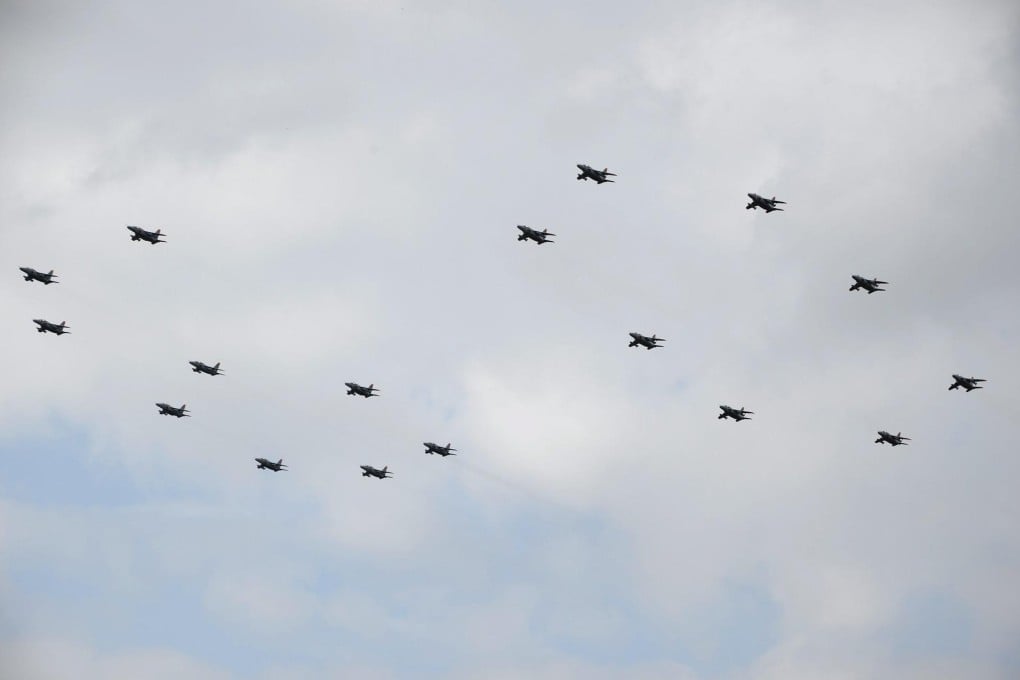How captured Japanese prisoners trained Chinese pilots in 1945
Japanese prisoners who surrendered in 1945 trained Chinese pilots

Despite deep-seated historical grievances and tense relations between Beijing and Tokyo, Japan's air force has long been the role model for the PLA Air Force.
Beijing says November 11, 1949 is the founding date for the air force but its first aeronautical institute was set up in Shenyang, Liaoning, on March 1, 1945.
Most of the drillmasters and technicians were Japanese prisoners in the second world war, according to reports from the China Youth News.
Yaichiro Hayashi, a former pilot in Japan's then Second Aviation Corps, promised the Communist Party he would help build its first aviation unit in exchange for the lives of more than 300 of his air force comrades and more than 60,000 Japanese prisoners of war.
The men had initially surrendered to the Soviet forces in Siberia but were then handed over to the Communist Party, according to Zhongshan University military expert David Tsui.
Hayashi and 15 other Japanese instructors spent three years turning more than 100 poorly educated Chinese men from peasant backgrounds into pilots who could fly MiG-15 fighters. Some of those trainees would later be hailed as heroes in the Korean war after bringing down advanced US fighters, according to the China Youth News.